What is standardisation?
Standards distil the state of the art science and knowledge on a particular subject into concise, easily accessible and understandable guidelines to promote global consensus and uniformity. They apply to the manufacture of a product, the management of a process, the provision of a service or the supply of a material. ‘Think of them as a formula that describes the best way of doing something’1.
Benefits of standardisation
The dissemination of these ‘formulas’ can provide further guidance on technical requirements for products, which can support global cooperation, improve quality and safety, and increase market penetration. Standardisation is thus a key aspect of trade policy and globalisation, supporting the spread of knowledge and efficient practices. Similarly, it acts as a bridge between the scientific and research community and the market, facilitating the uptake of research results and technological innovation. In this context, it is recognised as an important tool in Horizon Europe, the new framework programme for research and innovation for the period 2021-2027, to support the valorisation of research and innovation results2. These efforts are reinforced by the introduction of a Horizon Standardisation Booster, which brings together the Horizon funding beneficiaries and standardisation experts with the aim of increasing the European impact on standardisation and strengthening the competitive edge of Europe3. This is in line with the European Strategy for Standardisation, which recognises the leading role of standardisation in creating the Single Market, ensuring interoperability of products and services, reducing costs and improving safety for people and for the environment4. This supports the development of common understanding and shared expectations among market participants and strengthens the value networks of products and services across borders5.
How international standardisation supports the transition to a Circular Economy (CE)
CE offers a pragmatic approach to decoupling the economy from resource use, eliminating waste and achieving climate neutrality, while pursuing economic growth and maintaining competitive advantage6. CE encompasses all aspects of the economy and needs to be implemented in all processes and sectors of the economy. It therefore requires all stakeholders to acquire CE knowledge and skills to facilitate systemic change and transition to a CE7. To enable systemic change at the scale and pace required to achieve the Sustainable Development Goals8, a global consensus on a CE framework among experts and broad public awareness and acceptance is essential. An agreed upon standard that consolidates the state of the art on CE will facilitate dialogue among stakeholders, promote the exchange of ideas and best practices, provide a framework to drive consistent action on CE projects, and support the development of CE business models to accelerate the transition to a new paradigm9. This would provide an operational pathway to CE and sustainable development and help overcome barriers that delay the adoption of circular business models, such as the hesitant corporate culture and reluctance to engage with CE business models10. It will also provide a list of core indicators and a benchmark for CE assessment for organisations already in the transition process to limit cases of greenwashing, which is facilitated by the lack of common standards and the inability of organisations to identify established CE indicators11.
International Organisation for Standardisation (ISO) and ISO 323
The International Organisation for Standardisation (ISO) is a non-governmental organisation made up of representatives from over 160 countries with the aim of developing and publishing voluntary international standards12.
To this end, ISO 32313, the Circular Economy Standard, was proposed by France in 2018 with the aim of developing the requirements, frameworks, guidelines and support tools related to the implementation of CE projects. The aim is to cover all aspects of the CE field and to agree on the principles, terminologies, frameworks, measurement and evaluation methods in order to harmonise the understanding of CE and support the adoption and implementation of circular business models, thus accelerating the transition to CE. The ISO 59000 series consists of:
- ISO 5900414 Circular Economy – Terminology, Principles and Guidance for implementation
- ISO 5901015 Circular Economy – Guidance on business models and value networks
- ISO 5902016 Circular Economy – Product circularity data sheet
- ISO 5901417 – Secondary materials – Principles, sustainability and traceability requirements
- ISO 5903118 TR19 Circular Economy – Performance based approaches
- ISO 5903220 TR Circular Economy – Review of business model implementation
Figure 1: ISO 59000 series
While work is ongoing and the standard is expected to be published before mid-2023, working drafts of 59004, 59010, and 59020 have been released for consultation.
ISO 59004 outlines the terminology and principles of CE, provides a framework for implementing CE and explains practical guidance on areas for action (example table Figure 2).
Figure 2: ISO 59004 table of CE areas of action (source: ISO 59004)
The document also provides guidance on resource management for organisations wishing to apply core CE strategies to increase circularity and drive their transformation and transition to CE (see Figure 3 below)
Figure 3: ISO 59004 resource management strategies (source: ISO 59004)
ISO 59010 provides guidance to organisations on how to drive their transition from a linear business model to a circular business model and value network. The aim is to help organisations define a strategy with specific objectives to address any gaps and opportunities in their transition to circularity, while establishing an iterative process for continuous improvement (see Figure 4 below).
Figure 3: ISO 59004 resource management strategies (source: ISO 59004)
Finally, ISO 59020 provides guidance on how to measure and assess the circularity of an organisation. The aim is to help organisations process data by applying a set of core indicators and interpreting the results on an ongoing basis to define the appropriate scope and boundaries of the assessment and ensure meaningful results (see Figure 5 below).
Figure 5: Examples of circularity measurement at organisational level (source: ISO 59020)
European Committee for Standardisation (CEN) and the European Electrotechnical Committee for Standardisation (CENELEC)
The European Committee for Standardisation (CEN) and the European Electrotechnical Committee for Standardisation (CENELEC) are two of the three bodies authorized to develop and define voluntary standards at the European level. Both organizations work closely with their international counterparts, ISO and IEC21 respectively, to minimize duplication of work in the pursuit of ‘one standard, one test, accepted anywhere’22. This is underlined by the recent joining of forces under the London Declaration 2021 and the following commitment to contribute to the advancement of the European Green Deal23 and the fight against climate change.
At the European level, CEN and CENELEC play a crucial role in building bridges between the scientific research community and the market, leading to circular innovation and the implementation of circular solutions. For example, CEN Technical Committee 249 on Plastics (CEN/TC 249) develops standards in the field of plastics with the aim of limiting negative environmental impacts and optimizing economic value in areas such as product design and mechanical and chemical recycling24. Similarly, the CENELEC Technical Committee 21X on Secondary Cells and Batteries (CLC/TC 21X) is working to develop product standards, test methods, and codes of practice to enable a ‘second life’ for electric vehicle batteries to maintain their quality and reduce waste25.
How adopting the CE international standards benefits organisations
CE is a pragmatic approach to decoupling the economy from resource use, eliminating waste and achieving climate neutrality, while pursuing economic growth and maintaining competitive advantage26. It also offers significant benefits to organisations by creating new opportunities to reduce costs and increase revenues27. Forward-thinking organisations are already identifying their key priorities and enabling CE strategies28; these practices will enable the organisational transformation from a linear to a circular business model while developing and maintaining competitive advantage.
The adoption of international CE standards will further accelerate the organisational transformation process by promoting best practices and helping organisations to collaborate to create circular value networks and exploit new opportunities by providing a consistent CE framework across borders. This will support improved processes and efficiency in operations, increased interoperability of inputs and outputs, reduction of waste, and consequently increased business certainty and minimisation of risk29. Similarly, the built-in measurement and evaluation framework will allow for meaningful and comparable measurements and interpretations of outputs, providing an overall assessment of the progress of an organisation towards circularity30. In this sense, organisations will benefit from the introduction of established and accepted benchmarks that can be used as a guide for improvement. Considering the business benefits, the adoption of CE standards will demonstrate the commitment of an organisation to the CE transition and its desire to create value for all stakeholders by pursuing the triple bottom line. This will lead to enhanced credibility and brand reputation, which can increase employee engagement, improve stakeholder relationships and help attract and retain talent.
The contribution of the CEA to support organisations and CE standardisation
CE is a systemic change that encompasses all aspects of the economy and needs to be implemented in all processes, across all sectors and regions. In this sense, the development of CE knowledge and skills needs to be mainstreamed into formal education and into all workforce training and development programmes. This will help to close the skills gap31 and contribute to the development of a competent and innovative workforce capable of adopting international CE standards. A skilled workforce would facilitate the identification of circular solutions, the use of advanced technologies to improve product durability and material reuse, the design of circular products and the implementation of circular business models32.
Recognising the need for effective solutions to address the fundamental challenge of closing the emerging skills gap to facilitate the transition to CE, CEA has launched a comprehensive e-learning Circular Economy Certification33. The certification covers all major areas of the Circular Economy domain and aims to provide learners with an advanced understanding of CE concepts and practices. It will equip the new workforce with the skills, tools and strategies needed to innovate and implement circular business models. It is available online and offline to be viewed at the learner’s own pace and time from anywhere in the world, and it is compatible for integration with corporate learning platforms. The ease of access for individuals and flexible arrangements for companies, coupled with the breadth and depth of scientific knowledge, provide a complete solution for the workforce training and development needed to build circular skills and competencies, facilitate the adoption of international CE standards, and implement circular business models. To this end, the research-based CE certification by the CEA provides learners with an advanced understanding of CE concepts and practices in the context of business, governance, industry and policy. It also equips learners with the tools and techniques to identify circular solutions in a wide range of business processes and industries, and familiarises them with the international best practices that can be used to lead the transformation process and transition to CE.
Having a CE certified workforce is no longer a ‘nice to have’ added bonus to your CV; it is an urgent ‘must have’ given the current state of our planet. It is the most effective and viable way to overcome entrenched practices, business as usual mentalities and cultural barriers that will facilitate the adoption of international CE standards. Certification by the CEA enables a shift in mindset. From looking for adjustments and adaptations while maintaining a linear business model, to recognising the systemic change required and pursuing innovative circular solutions and business models.


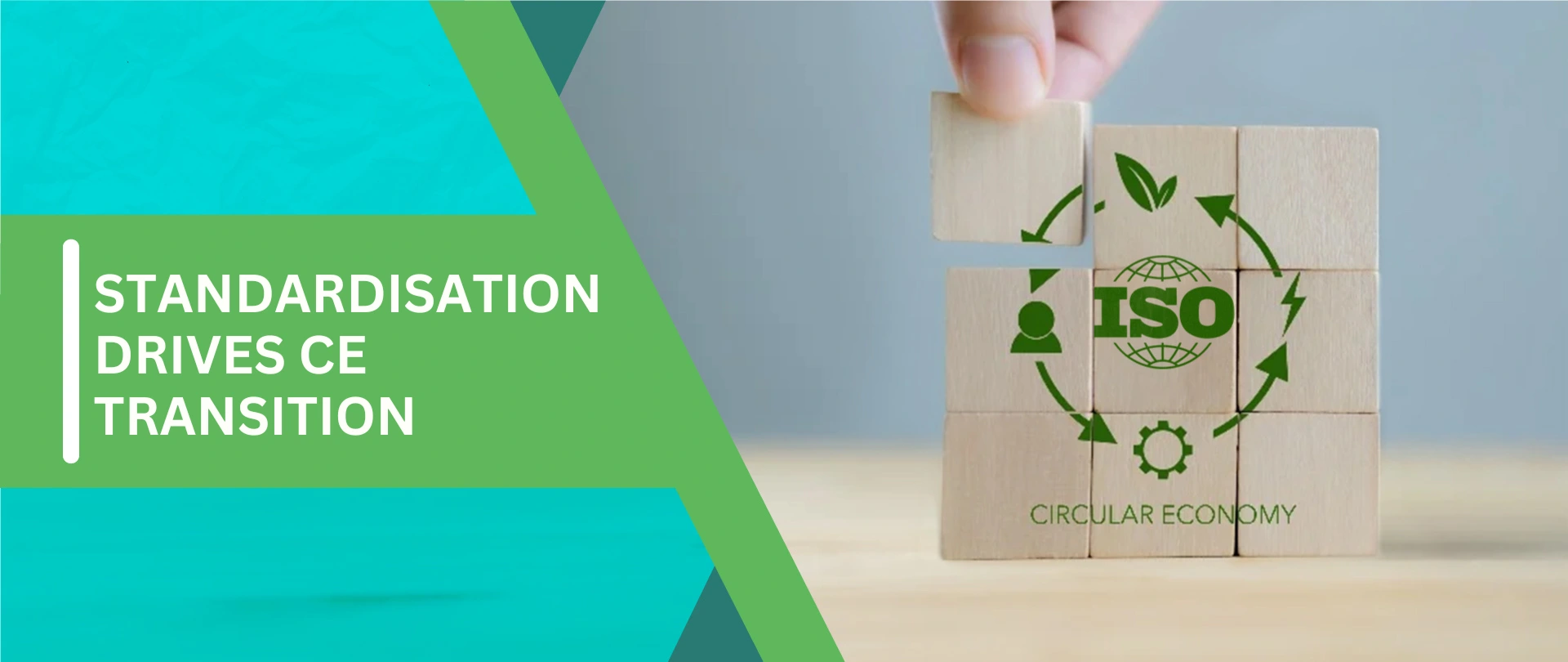















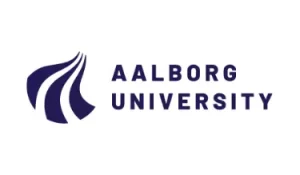

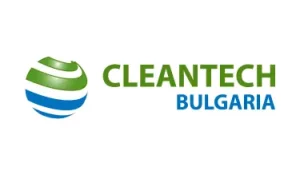



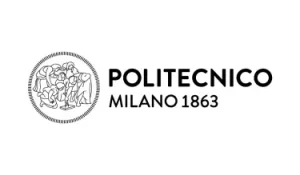














































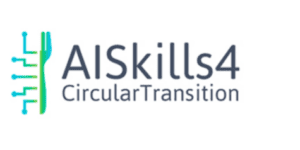
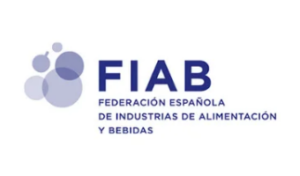



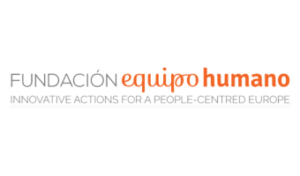







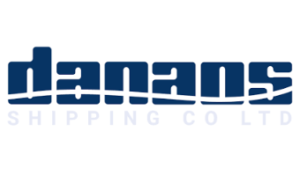

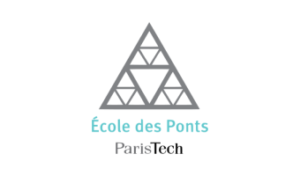
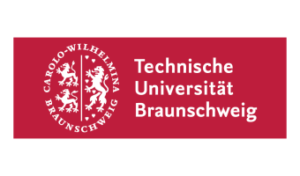

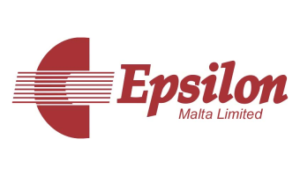

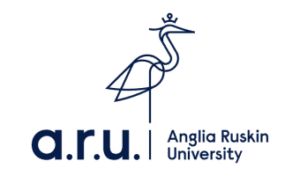
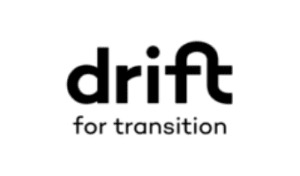
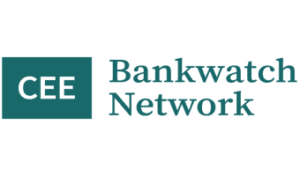
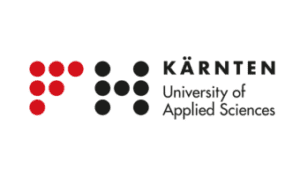

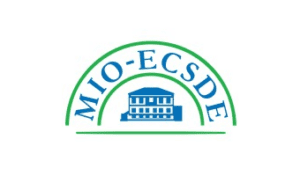

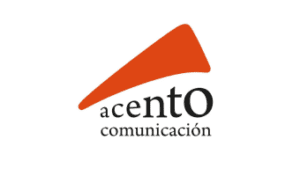
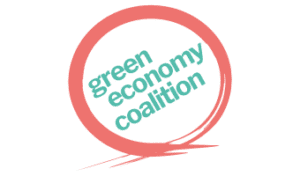

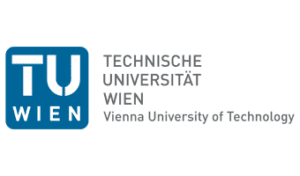



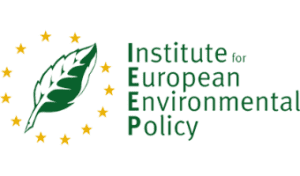





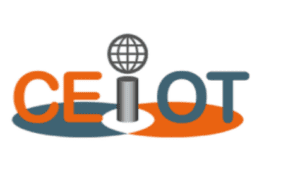




0 Comments